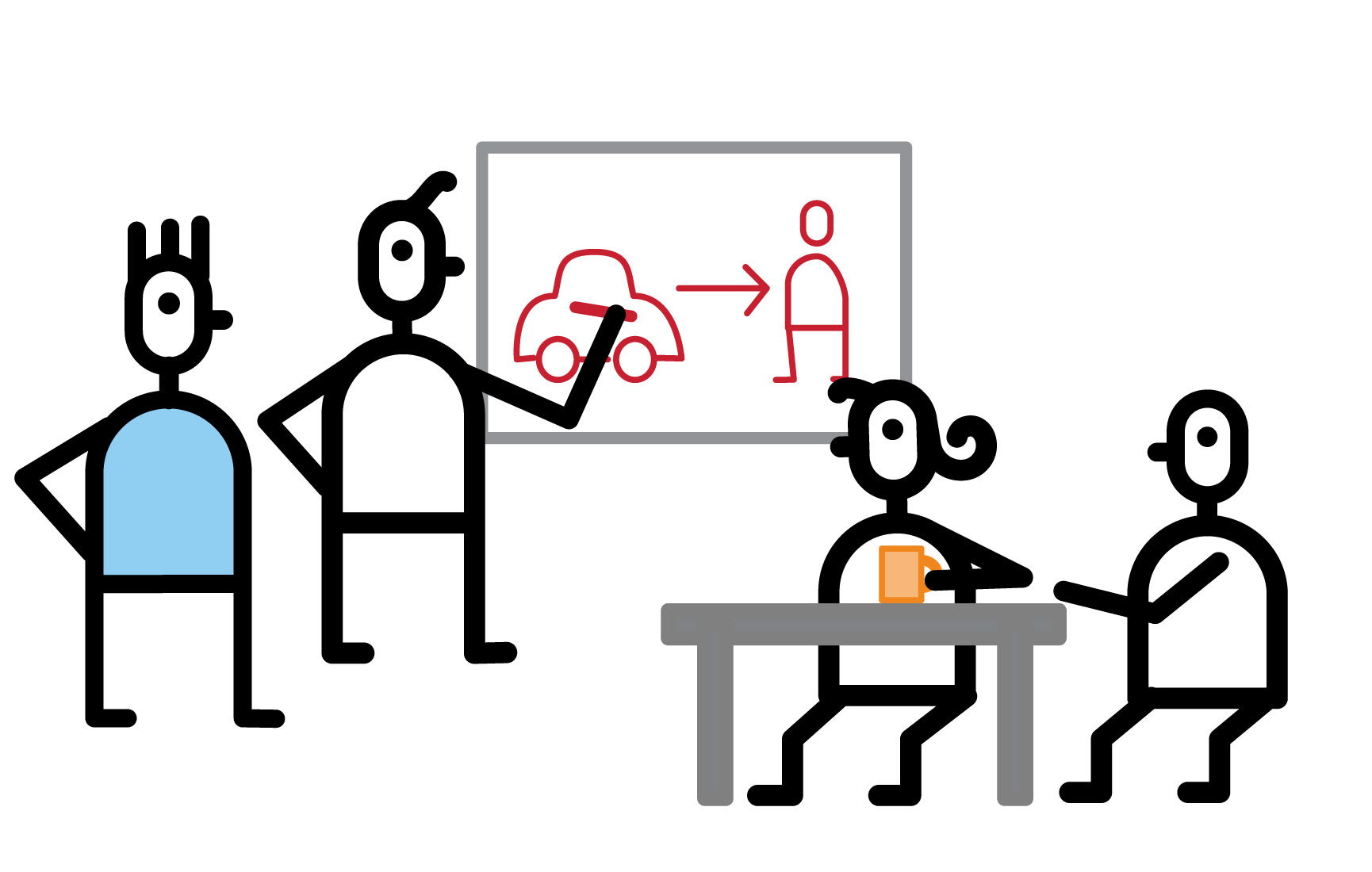Community, Leadership, Experimentation, Diversity, & Education
Pittsburgh Arts, Regional Theatre, New Work, Producing, Copyright, Labor Unions,
New Products, Coping Skills, J-O-Bs...
Theatre industry news, University & School of Drama Announcements, plus occasional course support for
Carnegie Mellon School of Drama Faculty, Staff, Students, and Alumni.
CMU School of Drama
Subscribe to:
Post Comments (Atom)

2 comments:
This article has a lot of merit and I completely agree with the statement: "Participants are more deeply engaged in the conversation, which allows them to build understanding quickly. They feel inspired to get together, get creative, and get things done". Leading a meeting with visuals helps the overall morale of the meeting, its much less of someone talking at you, and rather explaining the bare bones of what is trying to be done. We see it in our industry, stage managers often times lead production meetings with projected agenda's and designers create concept boards with plenty of imagery to help get their point across. It also feels encouraging and productive when there are visual cues to help one understand the information and also keep a steady flow to the conversation. I think that visual learning has always been a thing and in the past ten years, we have really discovered the immense potential one can achieve when they aren't just being talked at. I know for myself that I can go both ways, sometimes I fully understand information as is, and other times I need to think about it critically and visually in order to capture the essence of the topic.
As someone who has been a part of so many inefficient, badly-run, unnecessary meetings, I love articles like this. I absolutely agree that good meetings can improve overall productivity, inspire members of the team, and get a lot done, but it is so hard to actually lead a good meeting. The other difficult thing about good meetings is that there is not one system or magical trick to making them good; what works for one team may result in a lot of frustration in another. It all depends on the people involved, the team dynamic, and the topic of the meeting. I do think this article provides some good tips overall, but I do wish it acknowledged that these might not work all the time for all groups and settings. I do think that the idea of building understanding quickly is a great one. I know many meeting have gone on longer than needed because someone did not understand the issue we were trying to solve or the ideas of another member of the team.
Post a Comment